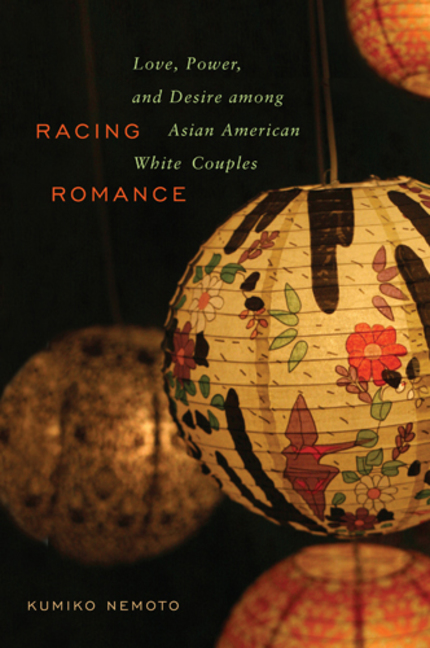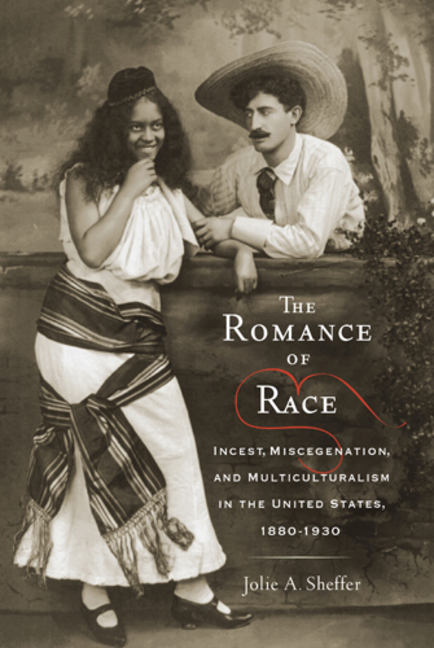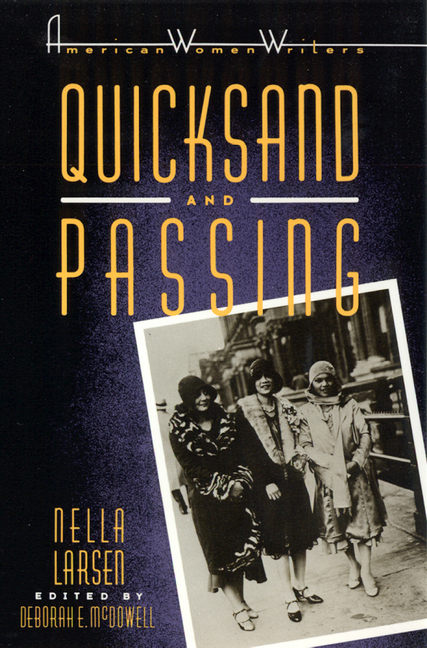The Eurasian FacePosted in Arts, Asian Diaspora, Books, Media Archive, Monographs on 2012-09-24 20:57Z by Steven |
Blacksmith Books
November 2010
140 pages
70+ b/w images
Bilingual: English/Chinese
20.5 x 31 cm
Hardcover ISBN: 978-988-99799-9-7
No one represents diversity better than Eurasians—those individuals with a mix of Caucasian and Asian heritage. Once a source of shame, the Eurasian face has become the face that sells. It is the face with which everyone can identify. In an ever-shrinking world, the search is on for a one-size-fits-all global image. Eurasians have become the world’s poster boys and girls, much sought after as actors and models.
Taking advantage of increasingly tolerant times and the growing commercial and cultural exchanges between East and West, Eurasians have gained prominence as entrepreneurs, professionals and athletes. This book of interviews and black-and-white portraits reveals how seventy Eurasians of diverse backgrounds see their place in the world today.
Kirsteen Zimmern is a photographer of Chinese and Scottish ancestry. She has always been fascinated by the tell-tale signs of East and West in the faces of fellow Eurasians, and has found this fascination to be widespread: few days go by without strangers examining her appearance to discern her ethnicity. She lives in Hong Kong.
View pages 48-59 here.






